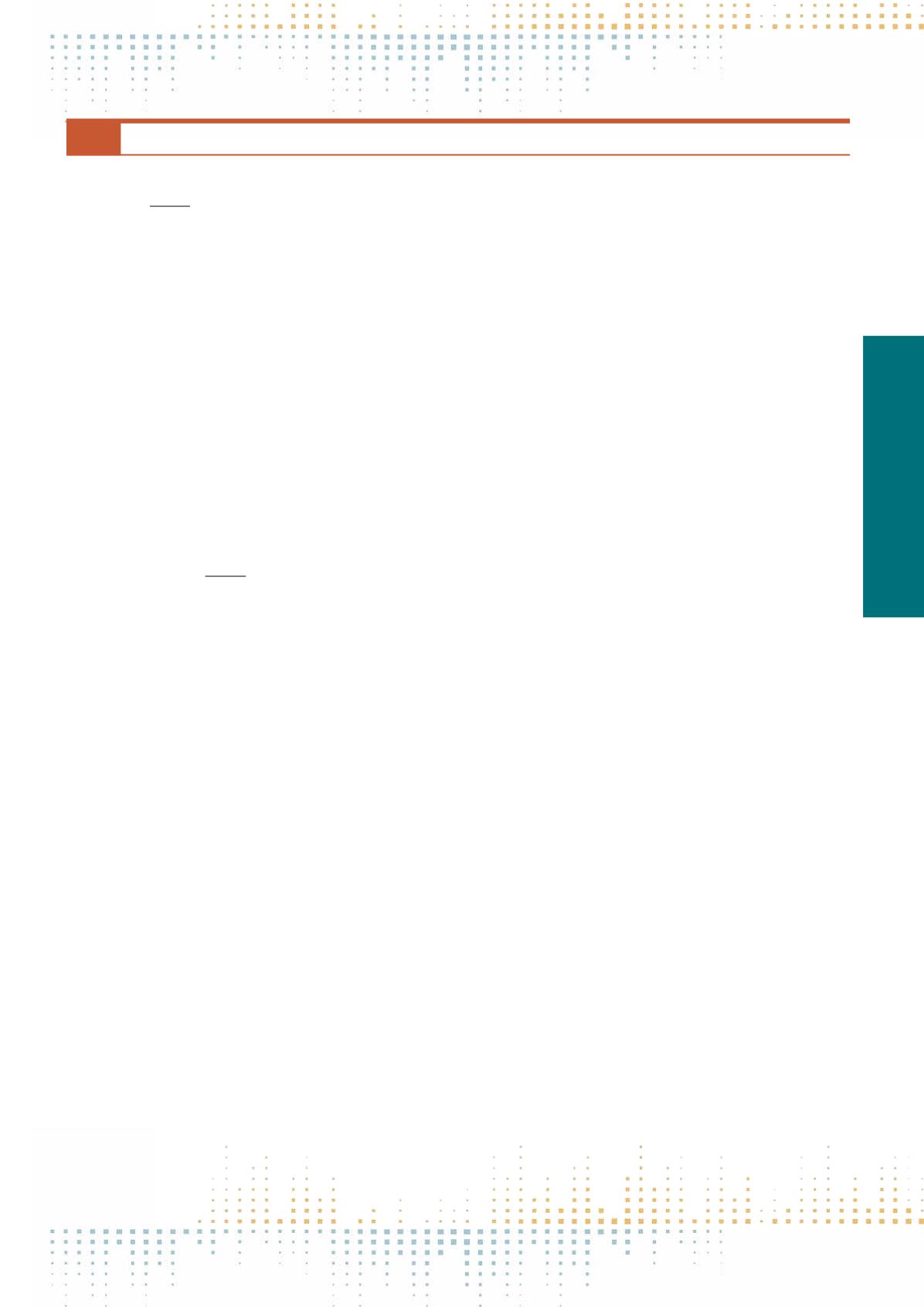

239
Saturday, November 12
0 9 : 0 0 – 1 0 : 3 0
DCC16
Teenagers and Young People: Digital Media, Friendship and Engagement
PP 583
‘We Trust You to Do the Wrong Thing’: The Paradoxes of Teenagers’ Digital Engagements
R. Eynon
1
, H. Davies
2
1
University of Oxford, Oxford Internet Institue, Oxford, United Kingdom
2
University of Oxford, Oxford, United Kingdom
Young people’s everyday life experiences are now characterised by a complex interplay between regulation and active‘choice’. As a number of scholars note,
young people’s time is colonised by extensions to the school day and, as their public presence is increasingly problematized, teenagers are being pushed
back to their homes, where many will remain domicile well into adult life (Christensen and Prout, 2005).Therefore, as young people move from the care and
protection of their families towards the autonomy and self-determination of adulthood, digital spaces are becoming a crucial means for them to establish
their own identity and membership(s) of peer group sub-culture. Simultaneously, as youth are being encouraged and incentivised to develop their own
identity and exercise their to right to be heard in a range of digitally mediated settings, they are also being watched, controlled, and warned by anxious by
parents and authorities (boyd, 2014, Livingstone, 2009). In this paper we present the findings from an in-depth qualitative study of young people (from
a range of socio-economic backgrounds) in two schools in the UK. We explored how young people as active agents respond to the adult norms and expec‑
tations that are built into or produced by the technology they use. Through 50 interviews with 12–18 year olds we examine how and why young people
exercise agency by adapting to, challenging, or subverting existing socio-technical cultures. Practices explored include: avoiding monitoring and control,
bypassing/circumventing age restrictions and parental controls, testing boundaries, managing parental anxieties, being provocative, inventing/managing
multiple identities, dealing with contamination and intrusions – including advertising and educational initiatives, using backdoors such as proxy sites
and onion routers, dealing with threats and engaging with misinformation. By operationalizing the concept of socio-technical agency this paper extends
the existing important literature on youth in the digital era, which moves beyond simplistic description or obvious essentialist claims; and offers insight into
how young people’s media and communication practices help to navigate and make sense of their past, present, and future.
PP 584
Young Creators in Open Spaces: Doing Digital Ethnography
L. Mendez
1
, P. Lacasa
2
, R. Martínez
2
, P. Nuñez
3
1
UNED, Developmental Psychology, Madrid, Spain
2
University of Alcalá, Philology- Communication and Documentation, Alcalá de Henares, Spain
3
Complutense University, COMUNICACION AUDIOVISUAL Y PUBLICIDAD I, Madrid, Spain
The goal of this presentation is to analyze the creative processes present in a community of teenagers participating in entertainment workshops to develop
digital literacies. We focus on their own perspective about the process of giving meaning to their own practices, as generators of digital contents online,
by exploring the physical space. The SPECIFIC OBJECTIVES ARE The FOLLOWING: 1. To define strategies supporting digital literacies for young people par‑
ticipating in social media, oriented to the acquisition of innovative ways of thinking and creating. 2. To analyze the creative processes, from the creators’
perspective, as generators of specific audiovisual contents uploaded to Instagram andVine, mediated by material objects in the open spaces of a community
art center. 3. To examine the awareness of multimodal discourses involved in young people's creative practices, paying special attention to digital photog‑
raphy and video production. A TRIPLE-LAYERED THEORETICAL FRAMEWORK SUPPORTS The RESEARCH. First, the concept of creative collaboration (Connery,
John-Steiner et al., 2010), by considering that young people in specific online and offline communities require collective creation processes to become
active participants. The second is the concept of participatory culture and spreadability (Jenkins, Itō et al. 2015), by considering the meanings assigned to
new media generated from specific online practices. Finally, we look at the concept of literacy (Gee, 2013) as a way of engaging young people with specific
discourses (Livingstone, 2008) by being aware of the processes behind them in order to control the communication situation. ADOPTING AN ETHNOGRAPHIC
AND ACTION PERSPECTIVE (Brennen, 2013; Pink, Horst et al., 2015), we explored the creative process during 13 workshops designed to introduce creative
practices among young people from a critical perspective. The participants used iPads as tools for creation and participation. They were young people aged
between 8 and 14, and the maximum number of attendees per session was 28 while the minimum was 5. A total of 155 people attended the workshops.
The sessions took place on Sunday mornings and lasted two and a half hours. The children produced 5,030 photos and 616 videos. All the sessions were vid‑
eo-recorded. CONSIDERING The ANALYSIS, the methodological challenge is to combine narrative reconstructions, with an analytical approach supported by
computer software for qualitative analysis. We used NVivo for Mac (11,1,1) and specific commercial software to organize, analyze, and interpret the photo
and video productions: Lightroom (Adobe) and FinalCut Pro (Apple). According to the main goals, The RESULTS GAVE US The FOLLOWING CONCLUSIONS FOR
DISCUSSION: 1) The participants, young people who at first understand Vine and Instagram as social networks designed for leisure, discover new ways to
look at them after they reflect on their own practices. 2) The specific audiovisual contents are dependent on the context provided by each of the sessions
and the interactions that young people establish with either adults or peers. 3) In relation to the awareness of multimodal discourses, the difficulties appear
when they try to integrate images and sound. Their awareness of discourse is conditioned by the type of applications used.



















